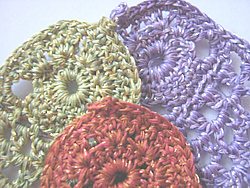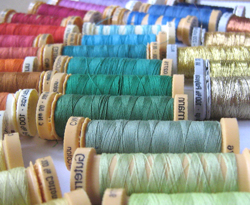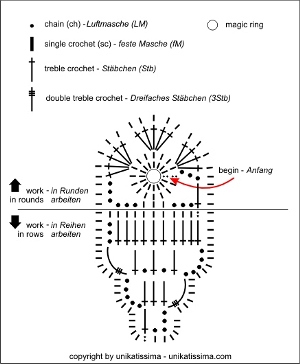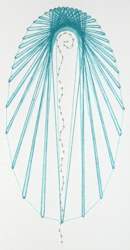
Create a lot of similar but not equal little squares to be used in card making, inchies* ‘production’ and other paper arts.
Take matching papers, tear them in pieces and glue them on a sheet of paper. If you like to, stamp it, paint it (to blend them a little) or doodle on it.
Then cut the embellished sheet in squares.
* What is an inchie? An Inchie is a 1″ square of art. I’ve seen them (in internet) made from paper, then embellished in innumerable ways or even sewn from fabric, also embellished in uncountable ways (see links beneath).
Links:
Once I have found lots of instructions on how to make Serendipity Squares, but I can’t find them back ;-(
Therefore I link here results of the Google image search for ‘Serendipity square Collage’:
Stamped Serendipity Squares (English) by ScrapFriends
Serendipity Technique Tutorial (English) by Art Without Anxiety
Serendipity Technique Tutorial (German) (select ‘Serendipity) by Anja`s Artefaktotum
Amendment (29. April 2008)
I found back my links and here are the missing ones:
Serendipity Squares (English)
Serendipity Do! (English)
Serendipity Squares Scrapbook Layouts: Search for ‘Serendipity Squares’
Inchies – Inchies
Google image search for ‘what are inchies’
Google image search for ‘what is inchie’
Flickr search for ‘inchies’

 I worked the
I worked the 





